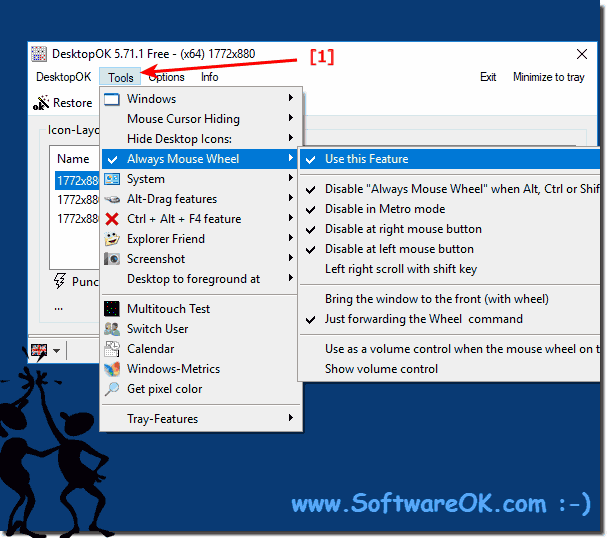

Topics in the Integrating category highlight the tasks that are commonly performed for using HCL Commerce in combination with other products. Topics in the Operating category highlight tasks that are typically performed by business users, customer support representatives, to complete their day-to-day tasks in the operation of the HCL Commerce site. During the migration process, you can also upgrade editions. Learn how to install and deploy HCL Commerce development environments and HCL Commerce production environments.īefore you migrate to HCL Commerce Version 9, review this information to help plan and execute your migration. HCL Commerce targets each of these roles with a tailored set of offerings so that each of your users can get maximum benefit. HCL Commerce has different advantages for business users, administrators and developers. If so, you can add an auto-scrolling property to the UI provider JSPF file for the widget and specify the scrolling speed. You might want the Content Carousel widget to automatically scroll through the images rather than requiring the user to control the scrolling.


The topics in the Customizing section describe tasks performed by an application developer to customize HCL Commerce.Īfter you install and set up your programming environment, you can create your custom store and customize your storefront. Business users can also use AI enabled content management capabilities. Business users can create and manage precision marketing campaigns, promotions, catalog, and merchandising across all sales channels.

It provides easy-to-use tools for business users to centrally manage a cross-channel strategy. HCL Commerce uses cloud friendly technology to make deployment and operation both easy and efficient. Able to support hundreds of thousands of transactions per day, HCL Commerce allows you to do business with consumers (B2C) or directly with businesses (B2B). HCL Commerce is a high-availability, highly scalable and customizable e-commerce platform.


 0 kommentar(er)
0 kommentar(er)
